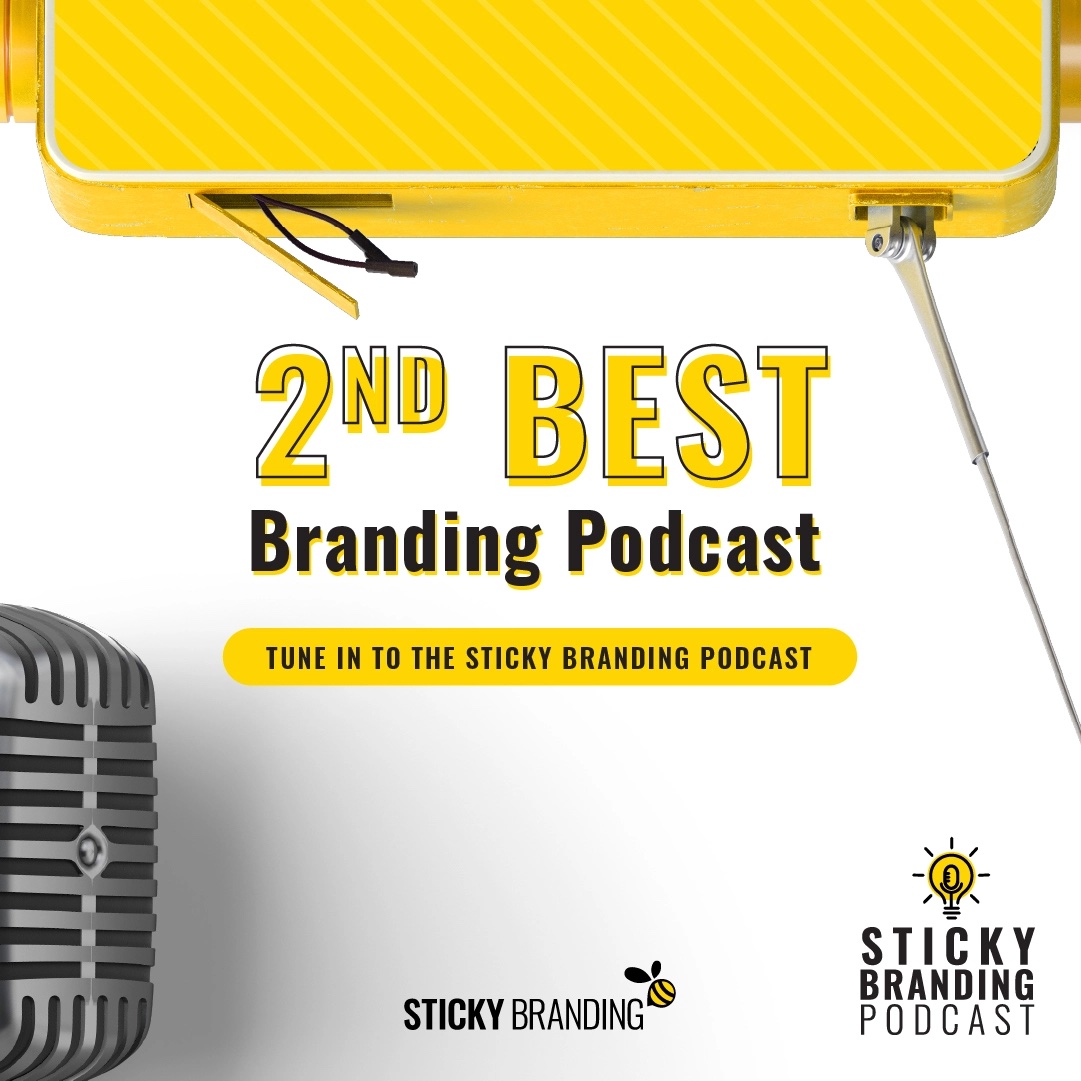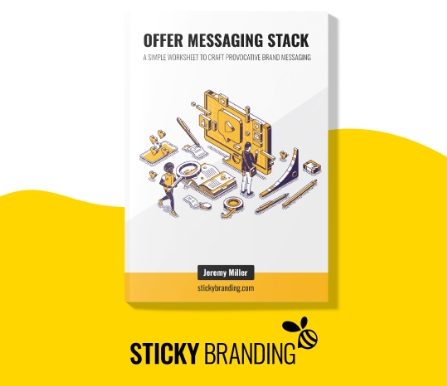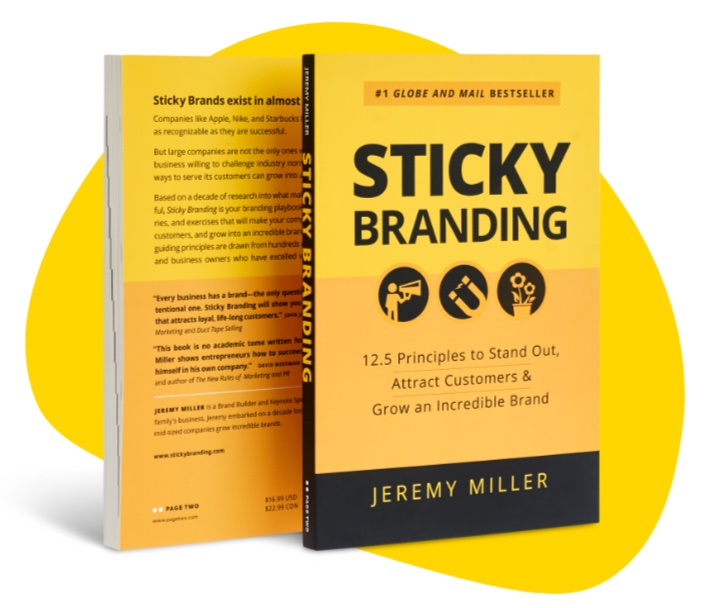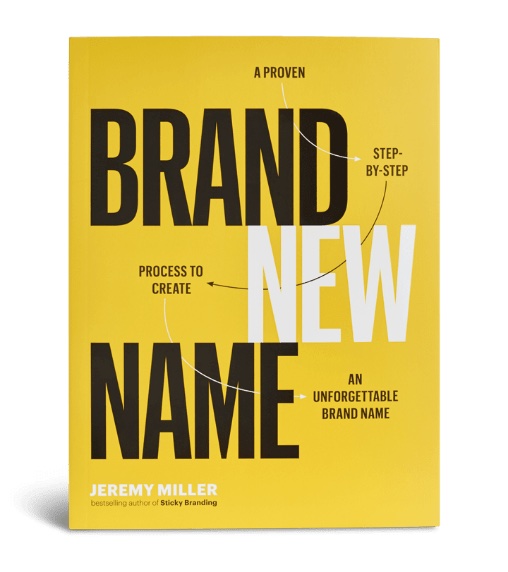Metaphors are very powerful communication tools. They act as a lens, and get people to consider ideas or concepts in new ways.
You create metaphors by combining two disparate ideas or concepts. For example, Seth Godin coined the term, “Permission Marketing.” This is an interesting metaphor, because it’s so easy to understand. Both words carry a lot of meaning on their own, but when they’re combined their collective meaning changes.
Metaphors are very powerful tools of persuasion, because they get people to think about concepts and ideas differently. When Seth talks about permission marketing, the metaphor acts as a lens. It focuses his audience, and they automatically associate what he talks about with the metaphor. It gets people to question “traditional” forms of marketing, and consider how they can engage customers differently.
Lead with your metaphor
Metaphors are only persuasive when you lead with them. If you place the metaphor at the middle or end of your argument they have little to no impact.
If Seth told you all about his new marketing strategy, but concluded his description by saying, “I call this permission marketing.” The value of his metaphor would be lost. He would have spent all his time explaining how marketing has changed, and how buyers are willing to share information for items of value, and how companies need to engage their customers differently. But as the listener, you would have to use a lot of cognitive horsepower to figure out his argument.
When you place the metaphor at the beginning of your argument it acts as a lens. It helps the audience focus on the idea and make new connections. The audience links the rest of your argument back to the metaphor, and this makes it a lot easier for them to understand the argument. This makes you much more persuasive.
Anchor your ideas in metaphor
Seth Godin uses metaphors masterfully. Look at the titles of his books: Permission Marketing, Purple Cow, The Dip, Linchpin, and so on. By framing his ideas in metaphor, Seth enables them to spread. He packages the idea, gives it purpose and makes it transferable.
We can talk openly about permission marketing for two reasons. First, the metaphor makes the concept very easy to understand and discuss. In fact it is so easy to get, you can talk about it without even reading the book. Next, that ease of understanding made the idea very portable. People talked about it, debated it, analyzed it and shared it. Seth planted the idea in the marketing community and it spread from there.
How are you using metaphors? Take a look at your brand, your value proposition and your marketing messages. Where do you place the metaphors? Do they focus your arguments? Do they resonate like Seth’s? If not, this is an amazing opportunity to make your brand even stickier.





